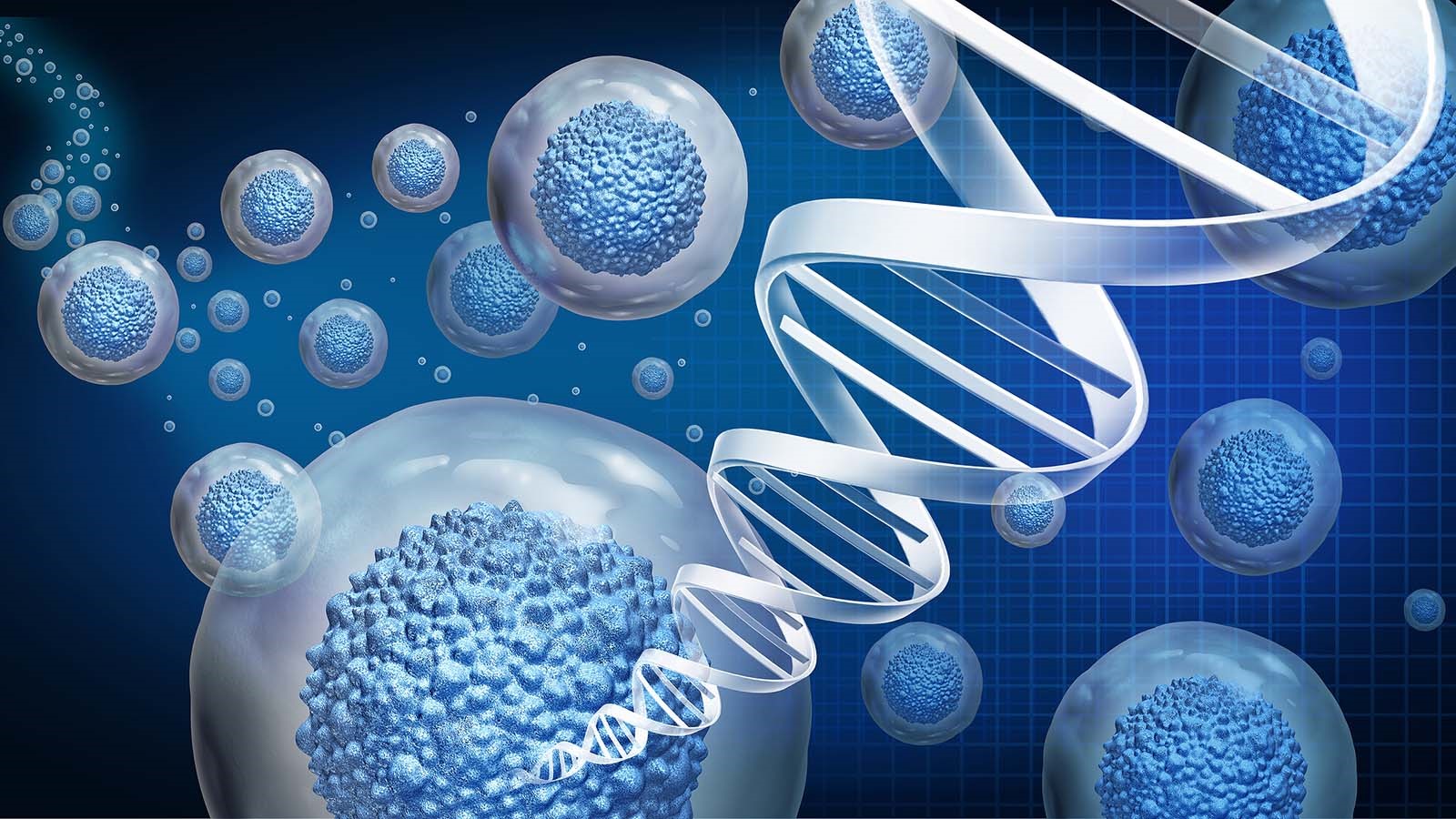Trends in Sports Medicine: Enhancing Athletic Performance
Sports medicine has undergone significant advancements in recent years, revolutionizing the way athletes train, recover, and achieve peak performance. As the field continues to evolve, it integrates cutting-edge technologies, innovative treatment methods, and holistic approaches to better serve athletes. This article delves into the latest trends in sports medicine that are enhancing athletic performance and ensuring athletes remain at the top of their game.
Personalized Training Programs
One of the most significant trends in sports medicine is the shift towards personalized training programs. These programs are tailored to the individual needs, strengths, and weaknesses of each athlete. Utilizing data from wearable technology, such as heart rate monitors and GPS trackers, sports medicine professionals can design training regimens that optimize performance while minimizing the risk of injury. Personalized training not only enhances athletic performance but also ensures that athletes are training efficiently and effectively.
Advanced Injury Prevention Techniques
Injury prevention is a critical aspect of sports medicine, and recent advancements have led to more sophisticated techniques to keep athletes healthy. One such advancement is the use of biomechanical analysis to identify potential injury risks. By analyzing an athlete’s movement patterns, sports medicine professionals can detect abnormalities and address them before they lead to injury. Additionally, the implementation of prehabilitation exercises—targeted exercises designed to strengthen vulnerable areas—has become increasingly popular in preventing injuries.
Regenerative Medicine
Regenerative medicine is another exciting trend in sports medicine that has the potential to significantly enhance athletic performance. This field includes treatments such as platelet-rich plasma (PRP) therapy and stem cell therapy, which promote the healing of damaged tissues. PRP therapy involves injecting a concentration of the athlete’s own platelets into the injured area to accelerate healing, while stem cell therapy uses the body’s own cells to repair and regenerate tissues. These treatments can reduce recovery times and help athletes return to their sport more quickly and in better condition.

Nutrition and Hydration Strategies
Proper nutrition and hydration are essential for athletic performance, and sports medicine has seen a growing emphasis on individualized nutrition plans. Sports dietitians work closely with athletes to develop meal plans that meet their specific energy needs, optimize recovery, and enhance performance. Hydration strategies are also tailored to the individual, taking into account factors such as sweat rate and electrolyte loss. By ensuring that athletes are properly fueled and hydrated, sports medicine professionals can help them perform at their best.
Mental Health and Performance Psychology
The importance of mental health in athletic performance has gained recognition in recent years, leading to an increased focus on performance psychology in sports medicine. Mental health professionals work with athletes to develop mental resilience, manage stress, and improve focus and concentration. Techniques such as visualization, mindfulness, and cognitive-behavioral therapy (CBT) are commonly used to enhance mental performance. By addressing the psychological aspects of performance, sports medicine professionals can help athletes achieve a more balanced and holistic approach to their training and competition.
Wearable Technology and Data Analysis
Wearable technology has become an integral part of sports medicine, providing valuable data that can be used to enhance athletic performance. Devices such as smartwatches, fitness trackers, and smart clothing collect data on various metrics, including heart rate, sleep patterns, and movement. This data is then analyzed to provide insights into an athlete’s performance and recovery. Sports medicine professionals can use this information to make informed decisions about training loads, recovery protocols, and injury prevention strategies.

Recovery and Rehabilitation Innovations
Recovery and rehabilitation are crucial components of sports medicine, and recent innovations have significantly improved these processes. Cryotherapy, for example, involves exposing the body to extremely cold temperatures to reduce inflammation and promote recovery. Another innovation is the use of hydrotherapy, which leverages the therapeutic properties of water to aid in recovery and rehabilitation. Additionally, advancements in physical therapy techniques, such as manual therapy and neuromuscular re-education, have enhanced the effectiveness of rehabilitation programs.
Genetic Testing and Performance Optimization
Genetic testing is an emerging trend in sports medicine that holds promise for optimizing athletic performance. By analyzing an athlete’s genetic makeup, sports medicine professionals can gain insights into factors such as muscle composition, injury susceptibility, and nutritional needs. This information can be used to create personalized training and nutrition plans that align with the athlete’s genetic profile. While still in its early stages, genetic testing has the potential to revolutionize the way athletes train and compete.
Virtual Reality and Augmented Reality
Virtual reality (VR) and augmented reality (AR) are making their way into sports medicine, offering innovative ways to enhance athletic performance. VR can be used for immersive training experiences, allowing athletes to practice in a controlled environment that simulates real-world scenarios. AR, on the other hand, can provide real-time feedback and guidance during training sessions. These technologies not only enhance the training experience but also help athletes develop skills and strategies that can be applied in competition.
Conclusion
The field of sports medicine is continually evolving, driven by advancements in technology, research, and a deeper understanding of the human body. The latest trends in sports medicine, from personalized training programs and advanced injury prevention techniques to regenerative medicine and performance psychology, are all contributing to enhanced athletic performance. As these trends continue to develop, they hold the promise of helping athletes achieve new levels of excellence while maintaining their health and well-being.
By staying informed about these trends and incorporating them into their training and recovery routines, athletes can maximize their potential and achieve their goals. Sports medicine professionals play a crucial role in this process, providing the expertise and guidance needed to navigate the ever-changing landscape of athletic performance.












